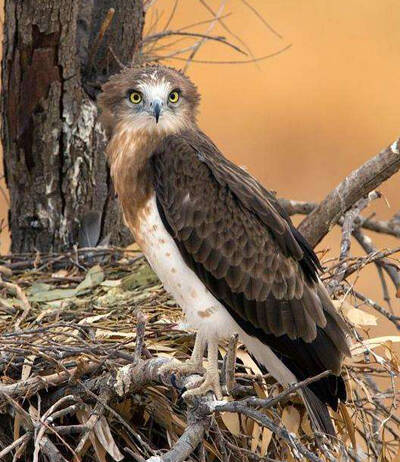
Circaetus gallicus
Circaetus gallicus,Short-toed Snake-Eagle,Accipiter ferox,Circaetus ferox,Circaetus gallicus ferox,Circaetus gallicus gallicus,Circaetus gallicus heptneri,Circaetus gallicus hypoleucos,Circaetus hypol
Short-toed Snake-Eagle, also known as Short-toed Snake-Eagle in English, is ···
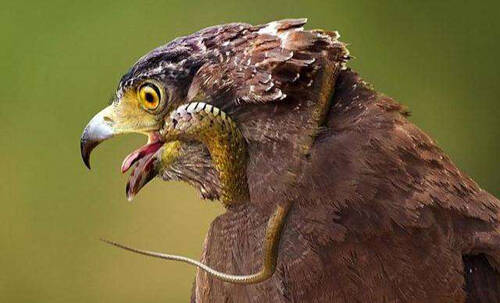
Spilornis cheela
Spilornis cheela,Crested Serpent-eagle,Crested Serpent Eagle,Great crested vulture, snake eagle, snake eagle, white-bellied snake eagle, crowned snake eagle, crested snake eagle
The Crested Serpent-eagle is a large or medium-sized eagle with 21 subspecie···
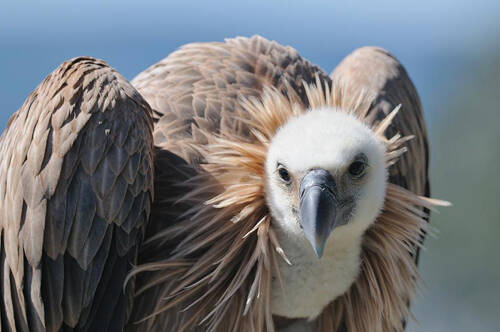
Adrian Toomes
Adrian Toomes,Cinereous Vulture,Griffon vulture, Griffon vulture, Griffon vulture, Mountain vulture, Eurasian black vulture
Vulture is a large bird of prey with no subspecies.Vultures are resident bir···
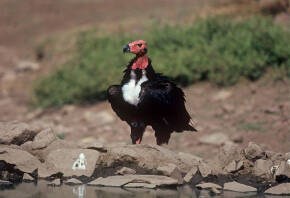
Sarcogyps calvus
Sarcogyps calvus,Red-headed Vulture,,Indian Black Vulture
The black vulture, also known as the Red-headed Vulture, is a large bird of ···
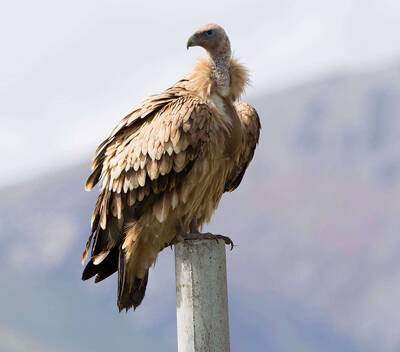
Gyps himalayensis
Gyps himalayensis,Himalayan Vulture,Yellow vulture
The Himalayan Vulture is a large bird of prey with no subspecies.The Himalay···
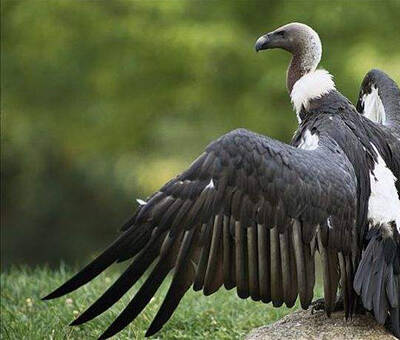
Gyps bengalensis
Gyps bengalensis,White-rumped Vulture,White-rumped vulture, white-rumped vulture
White-rumped vulture is a medium-sized vulture, which is only found in Asia ···
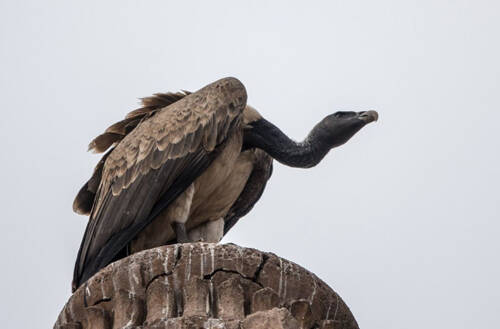
Gyps indicus
Gyps indicus,Long-billed vulture, Indian vulture, long-billed vulture, painted vulture,Indian Vulture, Indian Griffon, Long-billed Griffon, Long-billed Vulture, Painted Vulture
The Indian Vulture is the smallest species in the genus Vulture and has no s···
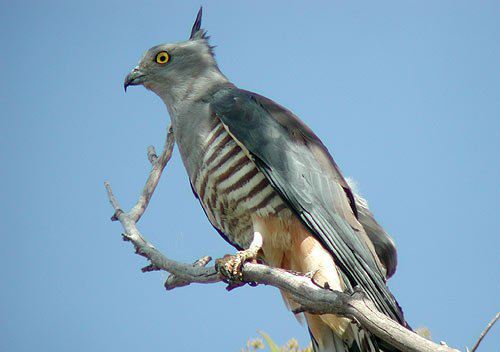
Aviceda leuphotes
Black Baza,Aviceda leuphotes
The Black-crowned Bazaar is a small to medium-sized bird of prey with four s···
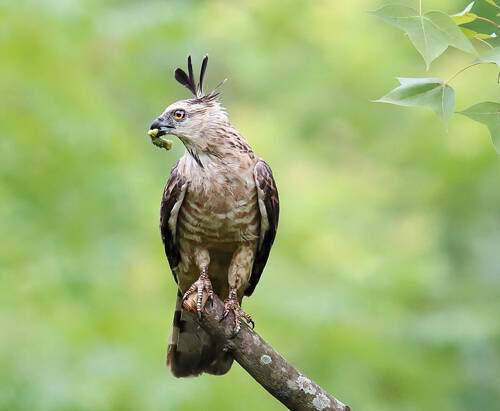
Aviceda jerdoni
Aviceda jerdoni,Jerdon's Baza,Crested Eagle
Jerdon's Baza, also known as the Brown-crowned Cuckoo Falcon, is a mediu···
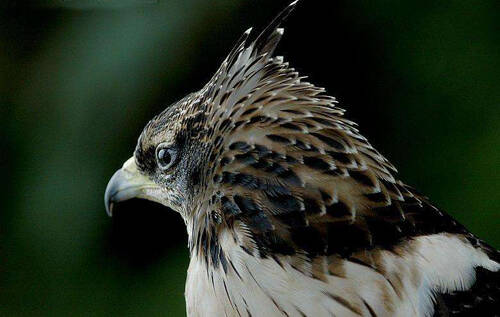
Pernis ptilorhynchus
Pernis ptilorhynchus,Oriental Honey-buzzard,Octagonal eagle, eagle-headed eagle, honey eagle, oriental honey eagle
Oriental Honey-buzzard is a medium-sized bird of prey with 6 subspecies.Some···
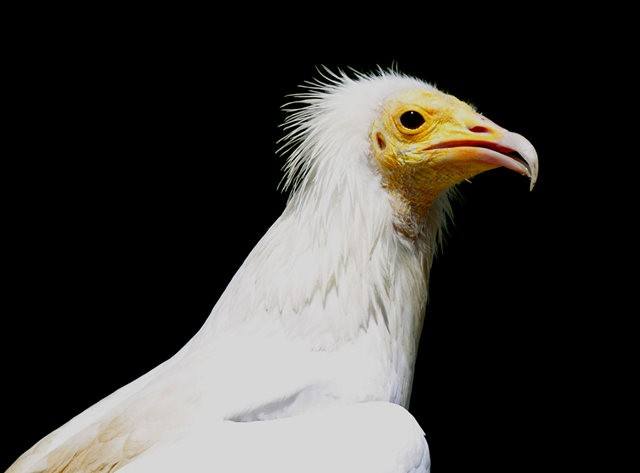
Neophron percnopterus
Neophron percnopterus,Egyptian vulture,Egyptian vulture, Pharaoh's chicken, Egyptian vulture, scavenger vulture
The Egyptian vulture is very large and has three subspecies.The white vultur···
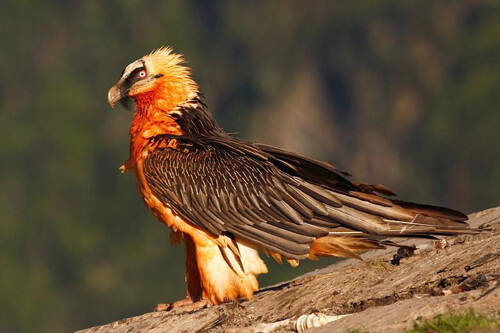
Gypaetus barbatus
Gypaetus barbatus,Bearded Vulture,Bearded vulture, bearded vulture, bearded vulture, bearded vulture
Bearded Vulture, also known as Bearded Vulture, has three subspecies.Bearded···
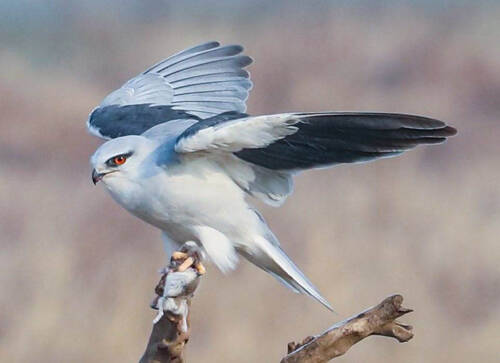
Elanus caeruleus
Elanus caeruleus,Black-winged Kite,Ash owl
Black-winged Kite is a small bird of prey with 5 subspecies.In most areas, b···
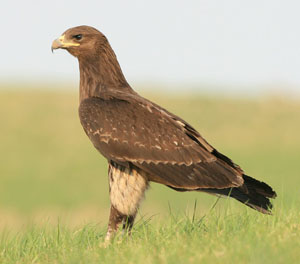
Clanga clanga
Wu Diao, Hua Diao, Tas, Wu Xiao Ni, Xiao Hua Zao Diao
The black eagle is a national first-class protected animal. Its body is dark···
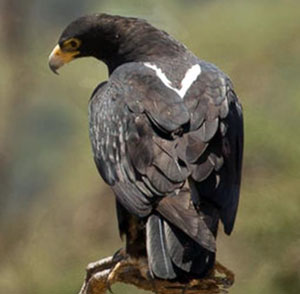
Aquila verreauxii
Black carving, flower carving, small flower soap carving
The black eagle is a species of the genus Accipitridae. It often inhabits wo···
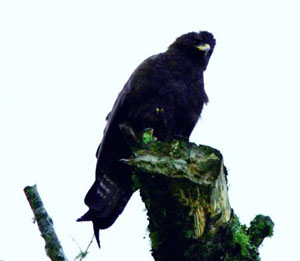
Ictinaetus malayensis
Forest carving, tree carving, tree eagle
The forest eagle is a medium-sized bird of prey and a Class II protected ani···
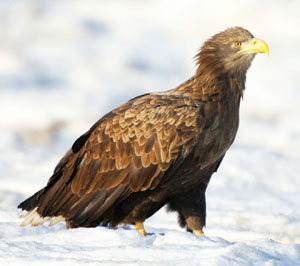
Haliaeetus albicilla
White-tailed sea eagle, white-tailed eagle, yellow-billed eagle, sesame eagle
The white-tailed sea eagle lives at an altitude of 2500-5300 meters. They of···
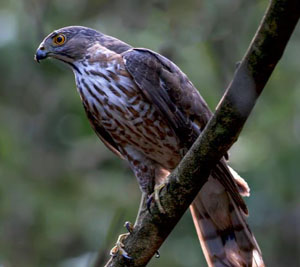
Accipiter virgatus
sparrowhawk, pine hawk, chest-wagging, sparrow thief, sparrowhawk
Sparrowhawks are secretive, alert, timid and difficult to observe. Once in t···
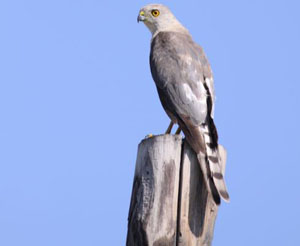
Accipiter badius
Brown-eared goshawk, Brown-eared sparrowhawk
The brown-eared hawk is much smaller than the goshawk. It often hovers in th···
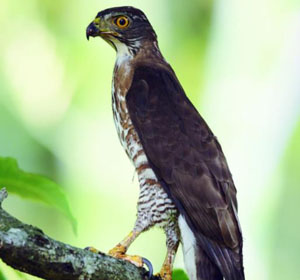
Accipiter trivirgatus
Crested Goshawk
The Crested Owl is a medium-sized bird of prey. It is a resident bird. It is···
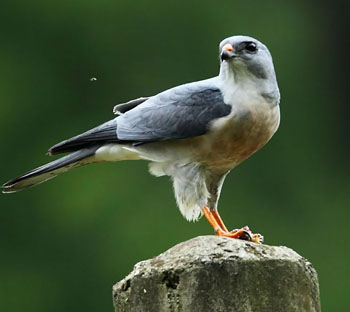
Accipiter soloensis
Red-bellied Hawk, Goose Hawk, Red-nosed Hawk, Pigeon Hawk
The red-bellied hawk is a small bird of prey with long, pointed wings. It is···
